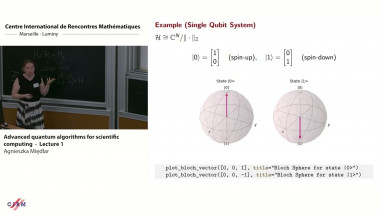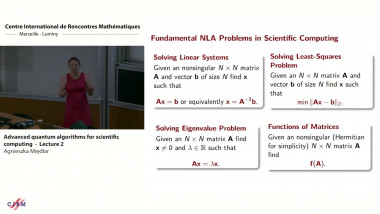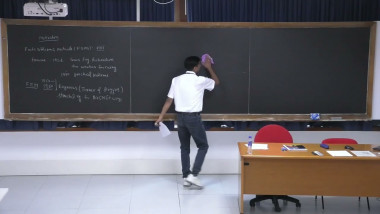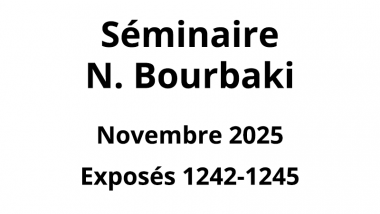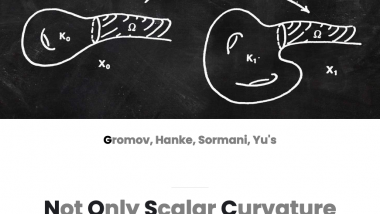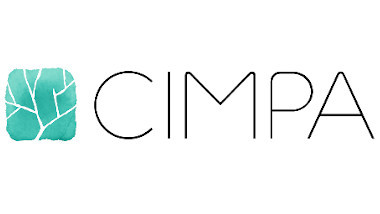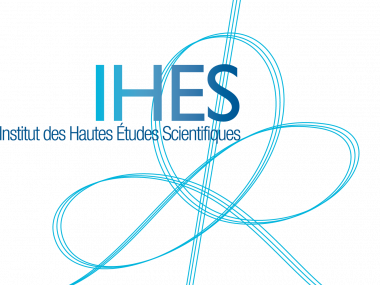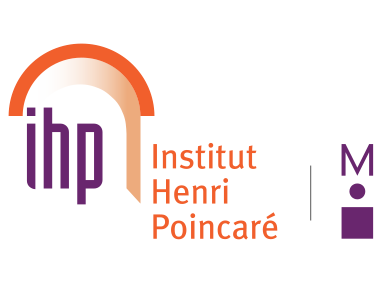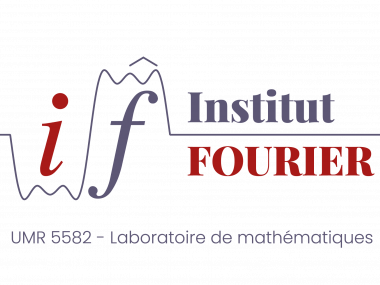Apparaît dans la collection : 10 ans du Groupe Calcul : Histoire du Calcul
The invention of iterative methods for systems of linear equations nowspans almost two centuries. These methods were invented for the samereasons as they are used today, namely to reduce computational cost. Gauss states in a letter to his friend in 1823: "you will in thefuture hardly eliminate directly, at least not when you have more thantwo unknowns". The basic methods of Gauss and Jacobi are however notused any more today, except as special components of moresophisticated methods. Richardson's paper from 1910 was veryinfluential in this sense, and is a model of a modern numericalanalysis paper: modelling, discretization, approximate solution of thediscrete problem, and a real application. It contains also afundamentally new idea for an iterative method which later became theChebyshev semi-iterative method. It was however the work of Stiefel,Hestenes and Lanczos in the early 1950 which sparked the success storyof Krylov methods. But why are these methods called Krylov methods ?In order to get an understanding, we will have to take a closer lookat the publication of Krylov from 1931, where Krylov explains severalnumerical methods for solving systems of second order ordinarydifferential equations, and in particular a method of Leverrier, whichcontains after some manipulations what we now know as being a Krylovspace.
